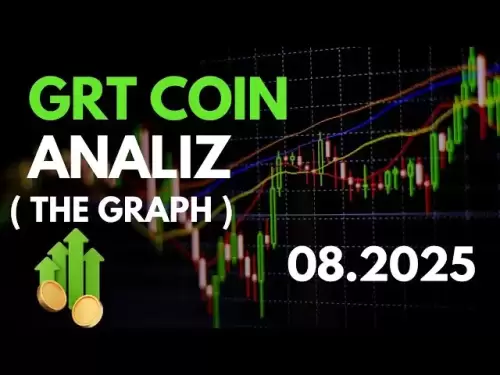 |
|
 |
|
 |
|
 |
|
 |
|
 |
|
 |
|
 |
|
 |
|
 |
|
 |
|
 |
|
 |
|
 |
|
 |
|
Cryptocurrency News Articles
Bitcoin Surges Past $110,000 to Reach a New All-Time High
May 22, 2025 at 02:19 pm
During early Asian trading hours on Thursday, May 22, Bitcoin surged more than 4% from its peak of $109,800 on Wednesday to reach a new all-time high of $111,544.

Bitcoin broke through its previous all-time high during early Asian trading hours on Thursday, May 24, surging above the $109,800 peak reached on Wednesday.
According to multiple reports, the cryptocurrency rose above the $111,544 mark during the early morning hours. The milestone follows a brief dip to $106,000 and shows growing investor appetite for alternative assets amid rising macroeconomic uncertainty.
The immediate catalyst appears to be the weak demand in the U.S. Treasury’s $16 billion 20-year bond auction on May 21. Investors pushed for lower prices, which in turn drove bond yields above 5.1%.
In bond markets, yields and prices move inversely, meaning that when demand falls, prices drop and yields rise. Bonds are usually more appealing when yields are higher, but when yields rise too quickly because of poor demand, it may be an indication that people are losing faith in government debt.
The ripple effect extended across other maturities, with the 10-year and 30-year U.S. Treasury yields climbing to 4.58% and 5.08%, respectively. Additionally, Japan’s 30-year yield jumped to a record 3.19%. Given that long-term government debt is typically seen as a safe haven in the global bond market, these moves point to a wider sense of unease.
“The real concern isn’t just about U.S. debt—it’s a global issue,” analysts at The Kobeissi Letter wrote on an X thread on May 21. “Government bonds are no longer reliably playing their safe-haven role during market stress.”
As a result, investors appear to be reallocating capital into assets like Bitcoin (BTC), which are increasingly seen as hedges against inflation, fiscal instability, and currency devaluation.
On-chain data supports this rotation. Bitcoin’s realized market cap has crossed $912 billion, marking a $27 billion capital inflow since early May. Exchange inflows have dropped 82% since November, according to CryptoQuant, suggesting fewer holders are selling.
Meanwhile, Tether (USDT) balances on exchanges, seen as a proxy for crypto buying power, have hit a record $46.9 billion.
Bitcoin just hit a new all-time high.Exchange inflows are down 82% since November.USDT reserves at $46.9B—liquidity is booming. pic.twitter.com/oQ0dDldVoZ
Institutional demand is also rising. Bitcoin exchange-traded funds have attracted more than $4.24 billion in inflows over the past month, as per SoSoValue data.
In addition, Strategy recently added $765 million worth of BTC, bringing its total holdings to over $63 billion.
With public companies now holding 15% of all Bitcoin in circulation, and traditional safe havens under pressure, Bitcoin’s role as a macro hedge is being tested, and so far, it’s holding up.
Disclaimer:info@kdj.com
The information provided is not trading advice. kdj.com does not assume any responsibility for any investments made based on the information provided in this article. Cryptocurrencies are highly volatile and it is highly recommended that you invest with caution after thorough research!
If you believe that the content used on this website infringes your copyright, please contact us immediately (info@kdj.com) and we will delete it promptly.






























































